For many, the mere mention of pigeons conjures up thoughts of ‘flying rats’, faeces-covered pavements and pest control.
Or, perhaps, that poignant Feed the Birds scene from Mary Poppins.
But it is hard to draw any comparison between the feral street creatures and the pampered pets I meet in Gordon Bell’s garden.
He owns 70 spotless racing pigeons, which he cleans, feeds, waters and exercises on a daily basis.
As I speak to him next to the two pigeon lofts, which sit on the edge of Loch Leven, the birds soar above our heads.
They are getting their hour of daily exercise.
Gordon is preparing them for pigeon racing season, which kicks off later this month.
The 68-year-old is a member of Crossgates Flying Club, one of the largest pigeon racing associations in Fife, where around a dozen others compete.
The sport is simple: pigeons are tagged with an identification number on their legs before being transported away from their lofts to the starting point of the race.
This is a distance that can be as little as 100 kilometres or as much as several hundred miles.
Traditionally, the bird’s number is recorded by its trainer and a specially designed pigeon clock is set before the birds are released.
When the first bird returns to the loft, its trainer removes the number and places it in a slot in the clock.
The time is recorded, after which an average speed over the distance is measured and the winner announced.
More commonly these days, the procedure is made easier and more accurate with an electronic tagging system, which is what Gordon uses.
How did Kinross man Gordon discover the world of pigeon racing?
Gordon discovered the unusual hobby as a young boy.
“I was brought up in a housing estate in Douglas, Dundee, and I must have got involved in the pigeons when I was 12 or 13.
“There were lofts everywhere then. Every other back garden seemed to have a pigeon loft in it. It was quite a common hobby at the time.”
Since then, Gordon has dabbled in the sport throughout his life, competing in the Scottish National Flying Club league.
Most races were inland, he says, with starting points often located in England.
His longest started from Beauvais in 1994, and saw his pigeons fly 560 miles via the English Channel.
But, he explains, working off shore as a drilling supervisor for three decades meant he usually worked away for long periods of time and was unable to give the races “a decent go”.
It was a similar story when he moved on to own the Glen Lui Hotel in Ballater.
That is until 2020, when he and wife Susan sold up their business and moved to Perthshire.
With newfound time and freedom on his hands, Gordon decided to finally give pigeon racing his best shot.
How does Gordon train his pigeons?
It is certainly a time-consuming hobby.
“I usually clean the pigeons every day, unless the weather is that bad you can barely get out.
“They still need to be fed and watered every day. So that usually takes me a couple of hours, just doing that.
“Then, come the end of February, I start letting them out for an hour of exercise every day, in preparation for racing season.”
Thankfully, his grandson Howie is often on hand to help.
Gordon feeds the pigeons “shiny seeds” he buys in from Belgium.
“These seed mixes are scientifically concocted so the birds get exactly what they need, depending on what they’re doing.
“During breeding season they will be on breeding mix and during training season they will be on training mix.
“If they are breeding it’s all about the protein. If they are racing it’s all about the fats and carbohydrates.”
He adds: “But the cleaning is the biggest job every day, that takes a couple of hours each morning.
“You have got to keep them healthy and you got to keep them clean.
“They all get inoculated as well.”
Is pigeon racing a dying sport?
Although Gordon says that Crossgates Flying Club is “doing well”, he fears the sport in general is dying out.
“The future doesn’t look that good actually, unless we start attracting more young people.
“It is a pretty dying sport now. I don’t think there’s the youngsters coming into it now, because obviously they’re playing games on computers and so on.”
Belgium is considered the birthplace of pigeon racing, where it became very popular in the 1800s.
It took hold in Britain when King Leopold II of Belgium presented racing pigeons to Queen Victoria’s family as a gift in 1886.
In Scotland, it became a common hobby for many in the mining communities.
But it has since dwindled in popularity.
Membership of Royal Pigeon Racing Association, which reached 60,000 at the end of the 1980s, has dropped to 20,000 and continues to decrease year on year.
Despite it’s decline in the UK, the sport is still thriving in Belgium, Poland, the Netherlands, northern France and Germany.
Meanwhile, the increasing popularity of the sport in China has led to billionaires investing huge sums of money in pigeons, and driving up the prize money for races.
In 2020, New Kim, a racing pigeon from Belgium, was sold to a Chinese collector for a record $1.8 million, while the former most expensive pigeon in the world, Armando, was sold to a Chinese buyer for $1.48m in 2019.
I ask how much Gordon’s collection is worth.
He laughs. “My pigeons aren’t worth anything.
“I’ve been lucky enough to have been gifted birds by people over the years.
“Some of the most success I have had is when I swap pigeons with fellow fanciers.
“I think the most I’ve spent on one bird is about £120.
“It’s safe to say I don’t have a £1m bird – it would get eaten by a hawk.”
And then there is the matter of how pigeons find their way home, often from hundreds of miles away.
The birds are thought to have a magnetic sense called “magnetoreception”, which lets them navigate using Earth’s magnetic field.
But how they detect information about the magnetic field and use it to map space remains something of a mystery.
Does Gordon have any theories?
“Well,” he says. “That’s the thing. Nobody knows.
“There has been a lot of research done – it is interesting because there are lots of different ideas.
“But one thing for sure is, they can navigate using the Earth’s magnetic field as a guide.”
He adds: “Then, the closer they get to home, that is when they start using visual cues and landmarks, such as Loch Leven or even the M90.
“Some of the most recent research, done at the university of Pisa in Italy, reckoned that they use smell.
“But, they just don’t know for sure.
“In my opinion, it is a combination of everything.”
These navigational techniques are not foolproof however, as was discovered one summer’s day in 2021, when more than 10,000 pigeons went missing during several races across the UK.
It is thought that a freak solar storm distorted their sense of direction.
For now, Gordon is looking forward to the first race of the season, which takes place from Wooler in England on April 20.
“This year, I’ll get them right down to the furthest inland race, which is in Brighton,” he says.
“Depending on how it goes, I’m hoping that the birds will be mature enough and have the experience to go to France next year.
“But this year is a big year, I’ve got the most races I’ve ever had because I’ve been building them up since 2020.
“I have never been very good because I’ve never had a full season before.
“Fingers crossed that could change now.”
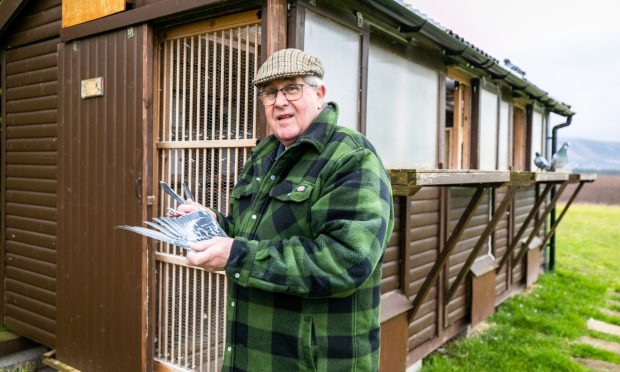
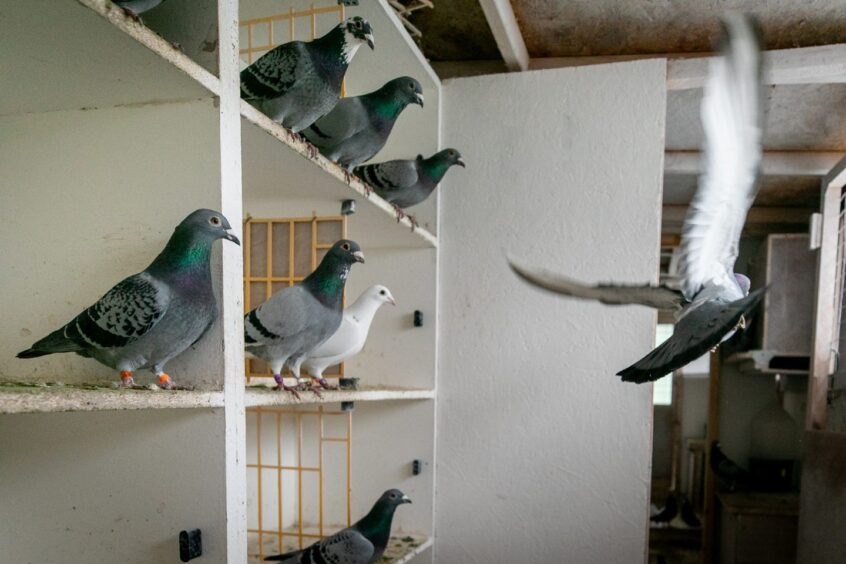
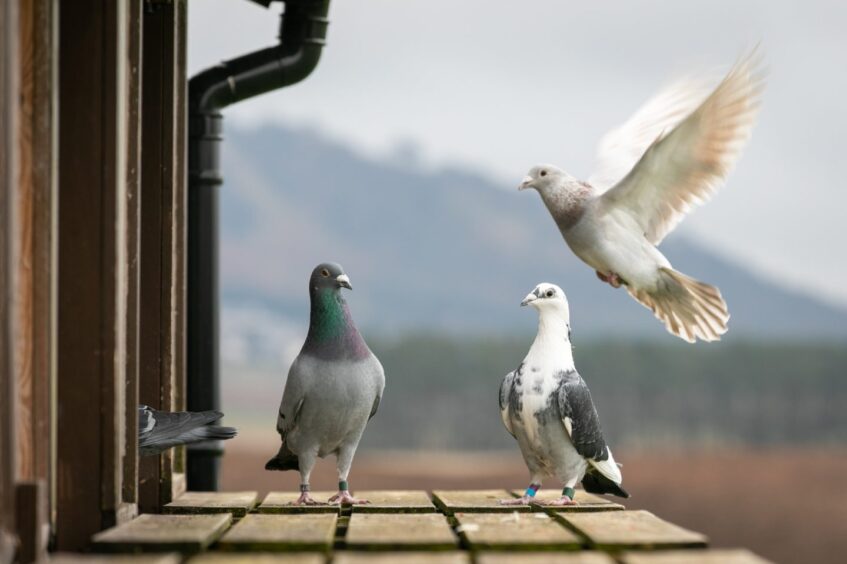
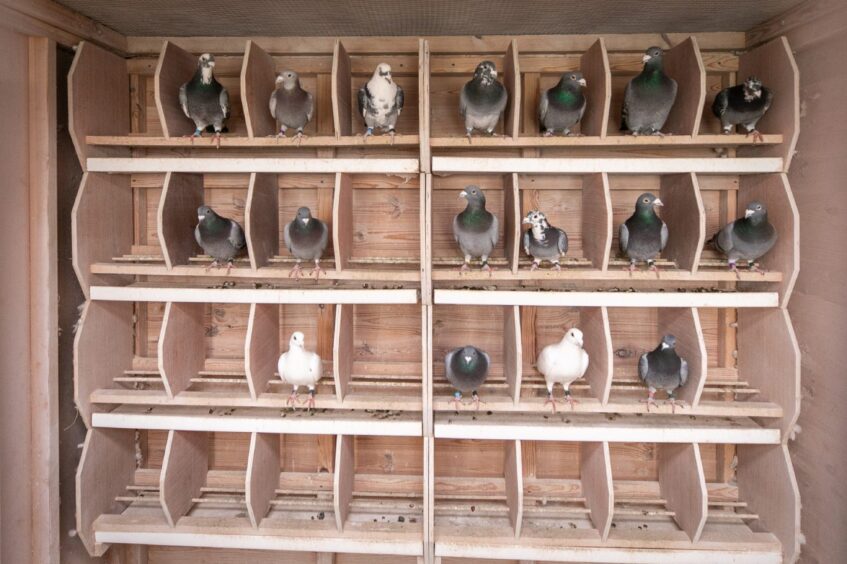
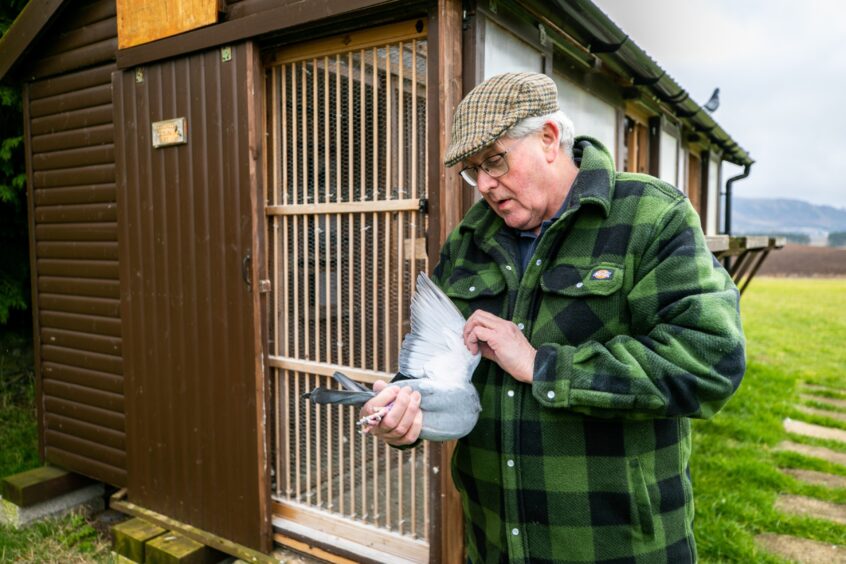
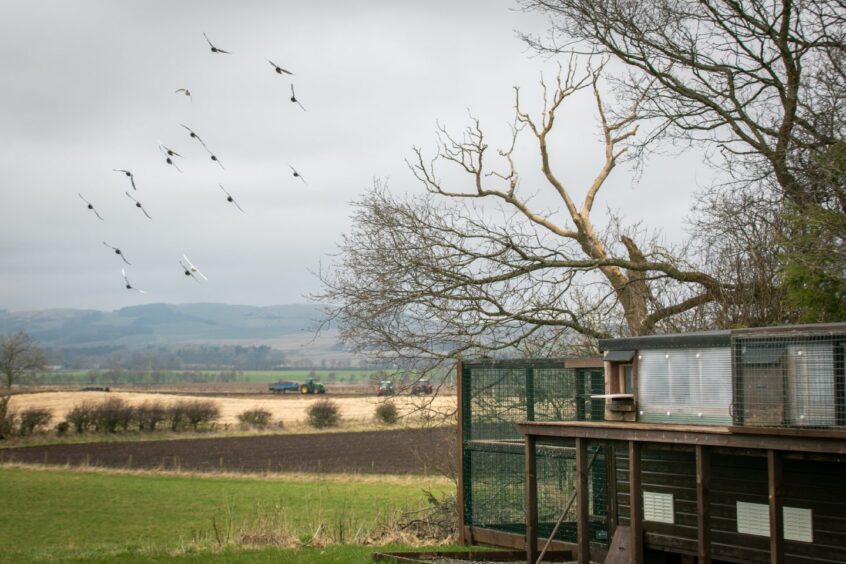
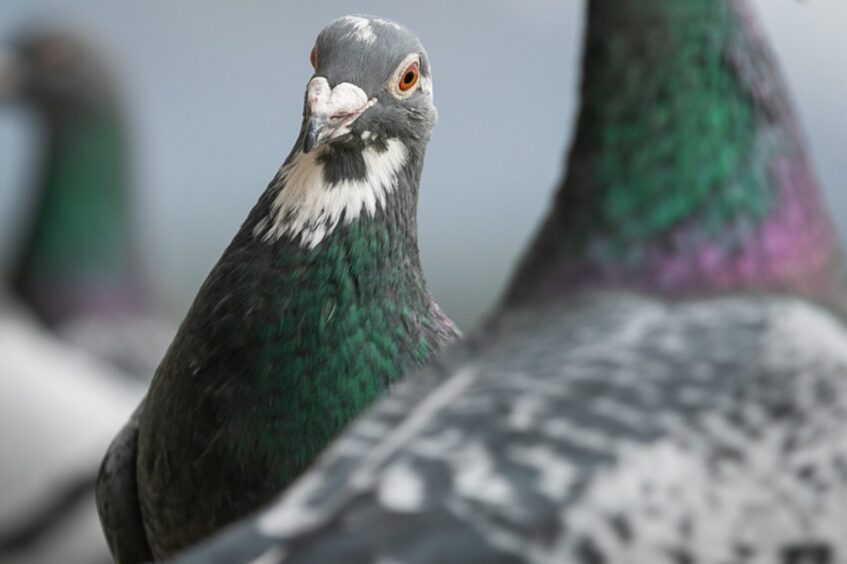
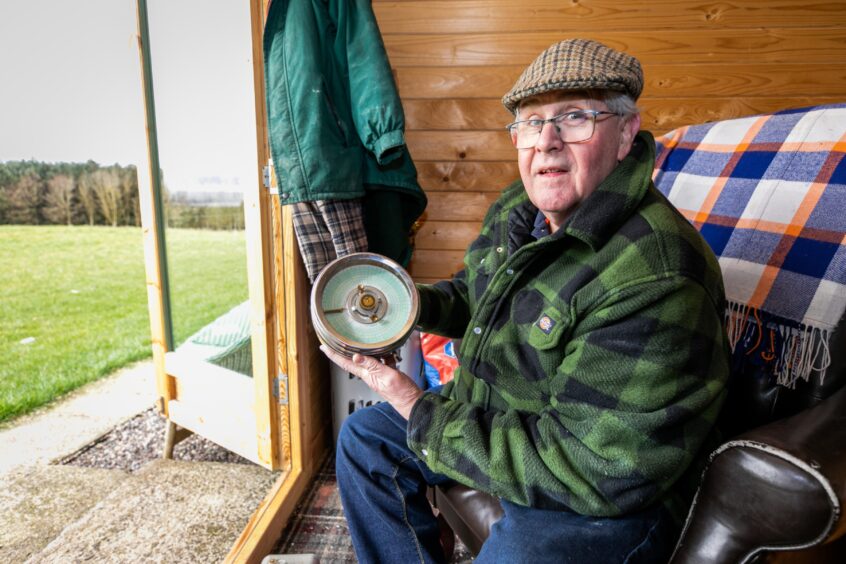










Conversation